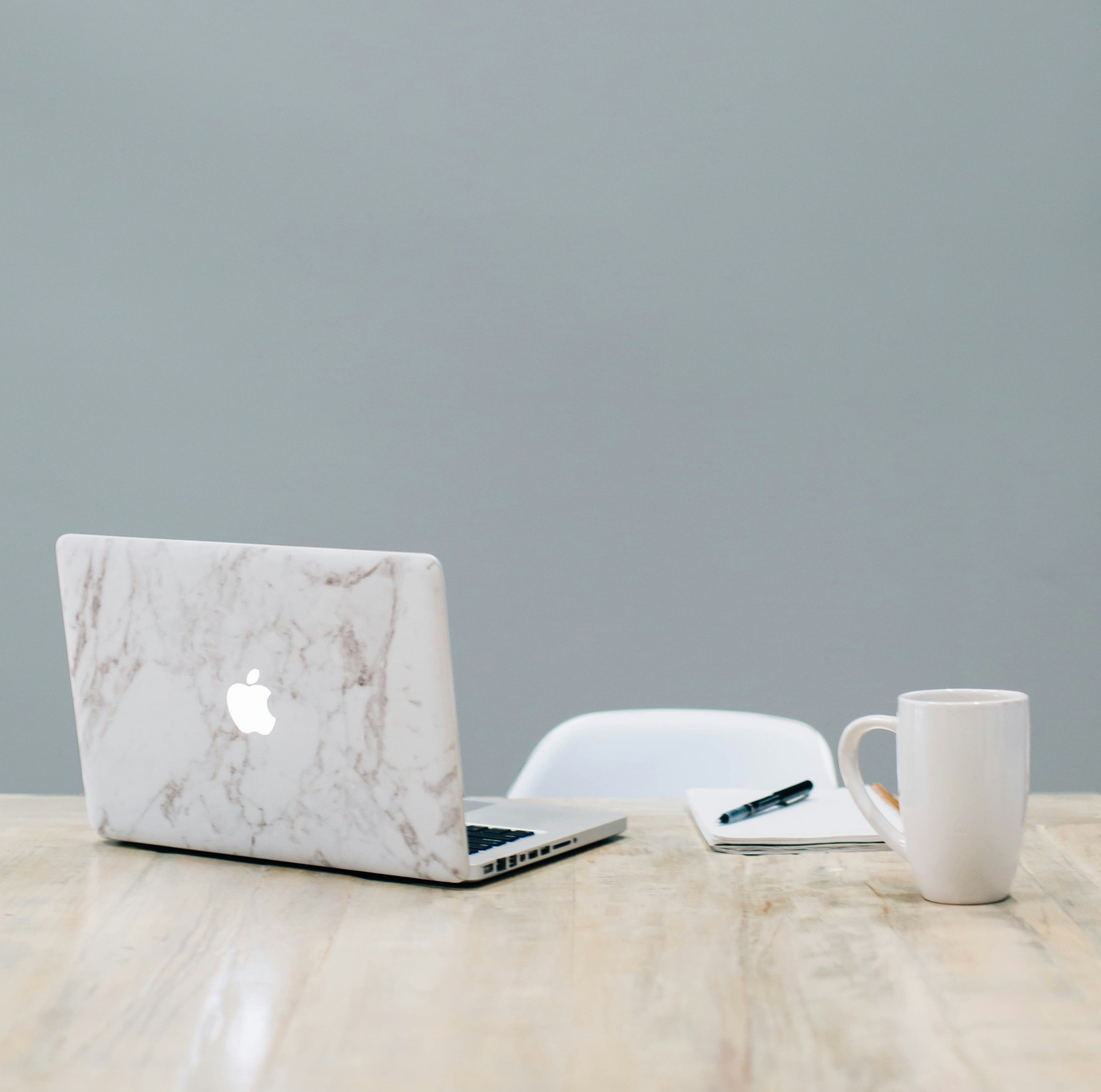
For the longest time, I felt like I was constantly busy but never actually productive. My to-do list was never-ending, my mind was cluttered, and despite working all day, I still felt like I wasn’t making progress on my biggest goals.
Then, I made one small change—and suddenly, I started getting way more done with way less stress.
So, what was it?
I Stopped Multitasking.
That’s right. I stopped trying to do 10 things at once, and my productivity skyrocketed.
If you’re constantly jumping between tasks, checking emails while on Zoom calls, or scrolling your phone mid-project, you’re actually slowing yourself down. Studies show that multitasking reduces productivity by up to 40% – and let’s be real, none of us can afford that.
So, how did I break free from this habit? With 3 simple steps that actually work.
Step 1: Time-Blocking
Instead of juggling several things at once, I now dedicate specific time blocks to each task. No distractions, no interruptions—just focused work.
How to do it:
- Use a notebook or a simple piece of paper to map out your day into blocks of time.
- Set a timer on your phone for each task (for example, 60 minutes for deep work, then a 10-minute break).
- Stick to one task at a time and don’t move to the next until the timer goes off.
The best tool to make it easier: the Time Timer MOD. It’s a simple but effective countdown timer that helps you stay on track with focused work sessions and avoid distractions.
Why it’s useful:
- Creates a visual cue for focus sessions, making it easier to stick to a single task
- No phone needed, so you won’t get distracted by notifications
- Silent ticking gives you perfect focus

Step 2: A Habit Tracker
Breaking free from multitasking isn’t easy—it’s a habit many of us have had for years. To stay consistent, I started tracking my focus habits daily to keep myself accountable.
How to do it:
- Draw a simple habit tracker in a notebook, with a grid to check off each day you successfully avoid multitasking.
- Use a free app like Google Keep or Notion to log your daily wins.
- Keep a sticky note on your desk reminding yourself to stay on one task at a time.
The best tool to make it easier: Panda Planner Habit Journal, designed to help you build better habits with an easy-to-use tracking system.
Why it works:
- Helps you visualize your progress over time
- Encourages small daily improvements that add up to big results
- Based on neuroscience-backed techniques

Step 3: Eliminate Distractions
Distractions are everywhere, whether it’s background noise, social media notifications, or unexpected interruptions. To stay focused, you need to make sure your environment is eliminated from potential distractions.
How to do it:
- Find a quiet spot in your home, like a separate room or a corner with fewer distractions.
- Use free background noise apps like Noisli or simply play white noise videos on YouTube.
- Put your phone in the Focus mode or disable all notifications.
The best tool to make it easier: the Bose QuietComfort Headphones, which block out surrounding noise and create a focused environment instantly.
Why they work:
- Block distractions so you can stay in deep work mode
- Help you focus faster and for longer periods
- Useful for both work and relaxation

If you’re struggling to stay productive, try these techniques and see the difference for yourself. You don’t need expensive tools to make these changes, but they can certainly make the transition easier and more effective.
Which strategy do you think will help you the most?
Let me know in the comments!
